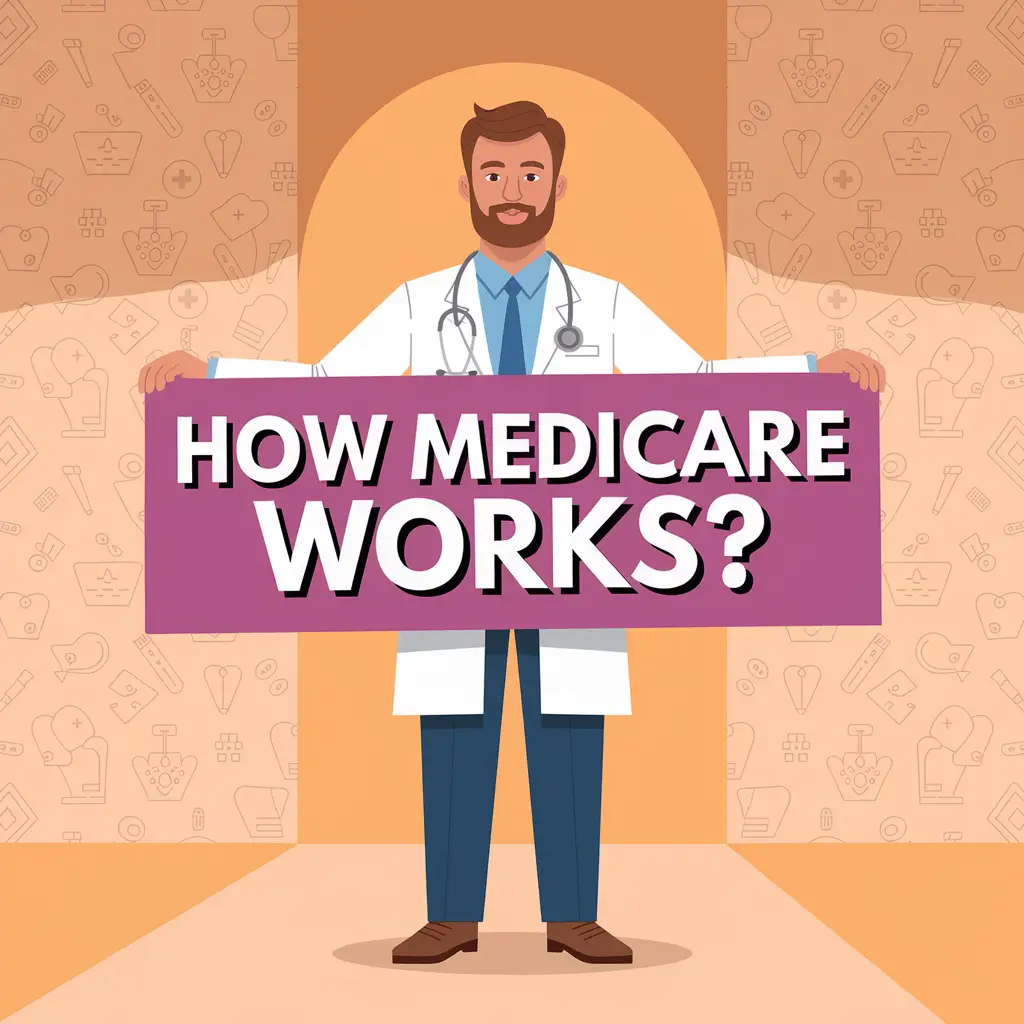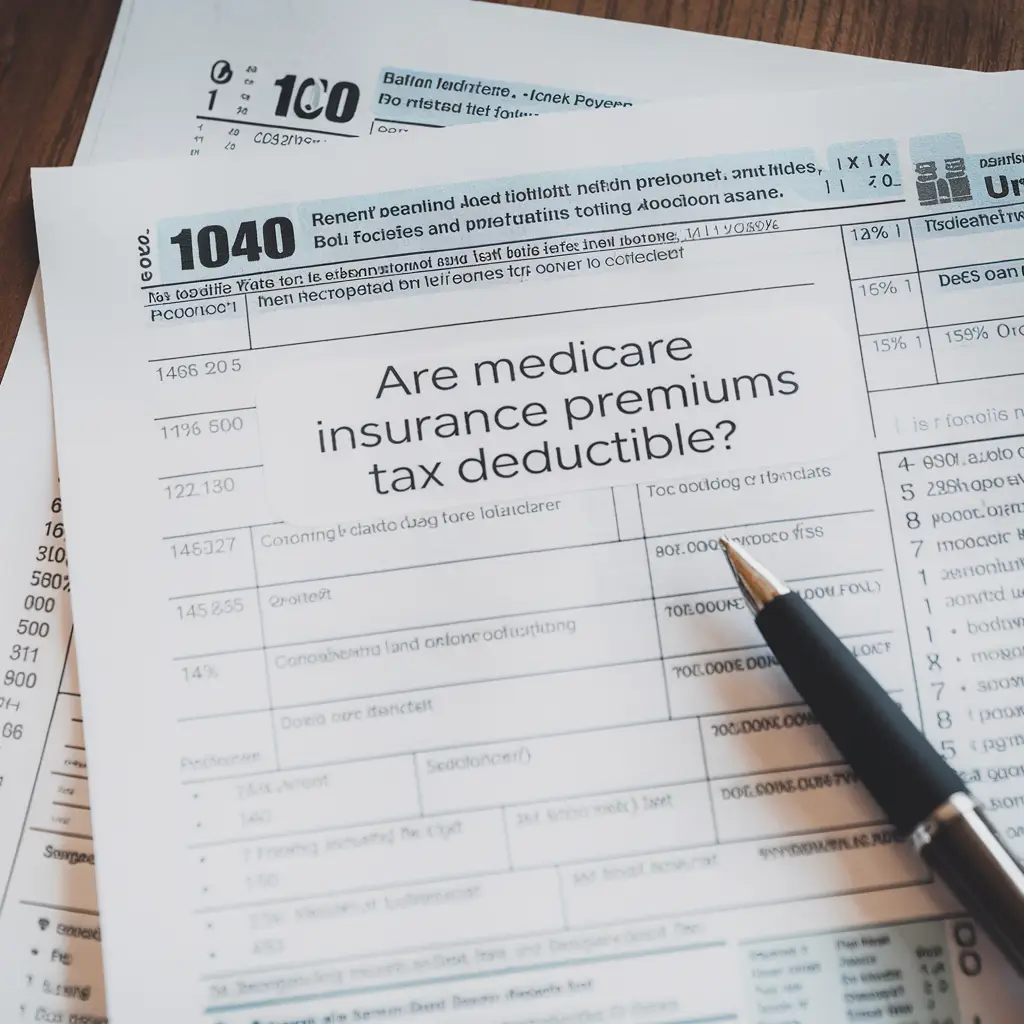2025 Medicare Insurance Potential Increase and Its Impact
2025 Medicare Insurance Potential Increase and Its Impact. As you navigate the complexities of healthcare, the question on many minds is whether Medicare insurance will see an increase in 2025. With rising healthcare costs and ongoing policy changes, understanding what lies ahead can feel daunting.
Medicare plays a crucial role in providing coverage for millions of Americans, and any adjustments can significantly impact your financial planning and healthcare access. Staying informed about potential changes helps you make better decisions for your health and budget.
In this article, we’ll explore the factors influencing Medicare insurance rates and what you can expect as we approach 2025.
Overview of Medicare Insurance
Medicare insurance provides essential health coverage for individuals aged 65 and older and for some younger people with disabilities. The program consists of different parts:
- Part A: Covers hospital stays, skilled nursing facility care, hospice, and some home health services. Most people receive this coverage premium-free if they or their spouse paid Medicare taxes for at least 10 years.
- Part B: Offers coverage for outpatient care, preventive services, and some doctor visits. It usually requires a monthly premium, which may increase based on income.
- Part C (Medicare Advantage): Combines Parts A and B, often including additional benefits such as vision or dental coverage. Private insurance companies administer these plans, which can vary widely in costs and services.
- Part D: Provides prescription drug coverage. This part requires enrollment in a plan that may vary by location and by company.
Understanding Medicare’s structure and its various parts is crucial for effective healthcare management. Each part has specific eligibility requirements, costs, and coverage options. You must consider these factors to make informed decisions about your healthcare needs.
Medicare faces ongoing changes due to legislation and healthcare costs. Changes can influence coverage availability, premiums, and out-of-pocket expenses, impacting millions across the country. Staying informed on these potential adjustments helps you prepare for future healthcare financial planning and access.
Key Factors Influencing Medicare Costs
Medicare costs are subject to various influences that can change over time. Understanding these key factors helps anticipate adjustments in premiums and coverage.
Demographic Changes
Demographic shifts significantly impact Medicare expenses. The growing number of individuals aged 65 and older increases demand for healthcare services. For example, the U.S. Census Bureau projects that by 2030, approximately 20% of the population will be over 65. More beneficiaries mean heightened pressure on the Medicare system, leading to potential cost increases. Additionally, higher life expectancies contribute to longer healthcare needs, further straining resources.
Economic Trends
Economic trends also play a crucial role in shaping Medicare costs. Fluctuations in the economy directly influence healthcare spending and funding for Medicare. Factors such as inflation can raise costs for medical services and prescription drugs. For instance, a 3% annual inflation rate in the healthcare sector can significantly affect Medicare premiums. Furthermore, changes in government funding and policy decisions regarding Medicare can alter the financial landscape, affecting both coverage and costs for beneficiaries.
Predictions for Medicare Insurance in 2025
Predictions for Medicare insurance in 2025 focus on potential cost increases and the impact of various factors affecting the program. Staying informed will enhance your ability to navigate the changing landscape of Medicare.
Expert Opinions
Experts suggest that Medicare insurance may face premium increases due to several variables. Healthcare providers and economists indicate that a growing elderly population will lead to higher demand for services, which could strain resources. Predictions show a possible increase in premiums for Medicare Part B, with estimates ranging from 5% to 10% depending on inflation and healthcare funding. Additionally, health policy analysts emphasize the need for continuous monitoring of prescription drug costs, which might escalate under evolving market conditions. The consensus indicates awareness of these trends will be essential for beneficiaries to manage their finances effectively.
Legislative Impacts
Legislation significantly influences Medicare insurance rates and coverage. Anticipated legislative changes could introduce measures aimed at controlling costs and expanding benefits. Bills focused on lowering prescription drug prices could alleviate some financial pressures on beneficiaries. Also, adjustments in federal funding levels may affect Medicare’s overall budget, leading to variances in coverage and premiums. Laws designed to enhance telehealth services might also shape how beneficiaries access care, directly impacting financial commitments. Overall, staying updated on legislative developments ensures you understand how these changes could alter your healthcare experience and expenses in 2025.
Comparing Previous Increases
Examining historical trends in Medicare insurance can provide insights into potential changes for 2025. The following table outlines past increases in premiums and costs for major Medicare components:
| Year | Medicare Part B Premium Increase (%) | Medicare Part D Premium Increase (%) |
|---|---|---|
| 2019 | 2.0 | 0.0 |
| 2020 | 6.7 | 0.0 |
| 2021 | 1.3 | -1.0 |
| 2022 | 14.5 | 4.5 |
| 2023 | 8.7 | 3.3 |
Notable trends emerge from these figures. Premium increases for Medicare Part B fluctuated significantly, highlighting the influence of economic factors and legislative changes. Understanding these fluctuations helps predict future trends that may affect your costs.
The Medicare Part D premiums generally demonstrated stability, with occasional slight increases. These changes reflect ongoing negotiations regarding prescription drug pricing and the pharmaceutical market’s evolving landscape. Recognizing these trends can help you prepare for possible future costs.
Factors such as changes in legislation, demographic shifts, and healthcare market dynamics often drive increases. For instance, rising healthcare demand due to an aging population and inflation impacts premiums. Staying informed about these influences enhances your financial planning for healthcare expenses in 2025.
Key Takeaways
- Understanding Medicare Parts: Medicare consists of four parts—A, B, C, and D—each with different coverage options and cost structures. Familiarity with these options is essential for effective healthcare management.
- Impact of Demographics: The increasing population of individuals aged 65 and older is projected to strain Medicare resources, potentially leading to cost increases by 2025.
- Economic Influences: Fluctuations in the economy, including inflation, can significantly affect Medicare premiums and overall costs for beneficiaries as both healthcare spending and funding change.
- Predicted Premium Increases: Experts anticipate Medicare Part B premiums could rise between 5% to 10% by 2025 due to increased demand for services and economic factors.
- Legislative Changes: Upcoming legislation may aim to control costs and expand Medicare benefits, impacting premiums and coverage. Staying updated on these changes is crucial for beneficiaries.
- Historical Context: Analyzing previous Medicare premium increases reveals fluctuating trends influenced by various factors, helping to set expectations for potential future changes in 2025.
Conclusion
As 2025 approaches it’s crucial to remain vigilant about potential changes to Medicare insurance. Understanding the factors that could lead to increased premiums and out-of-pocket costs can help you make informed decisions about your healthcare. Staying updated on legislative developments and market dynamics will empower you to navigate these changes effectively.
By being proactive and informed you can better prepare for the financial implications of Medicare in 2025 and ensure your healthcare needs are met. Taking the time to understand your coverage options now will pay off in the long run.
2025 Medicare Part A and B Premiums










